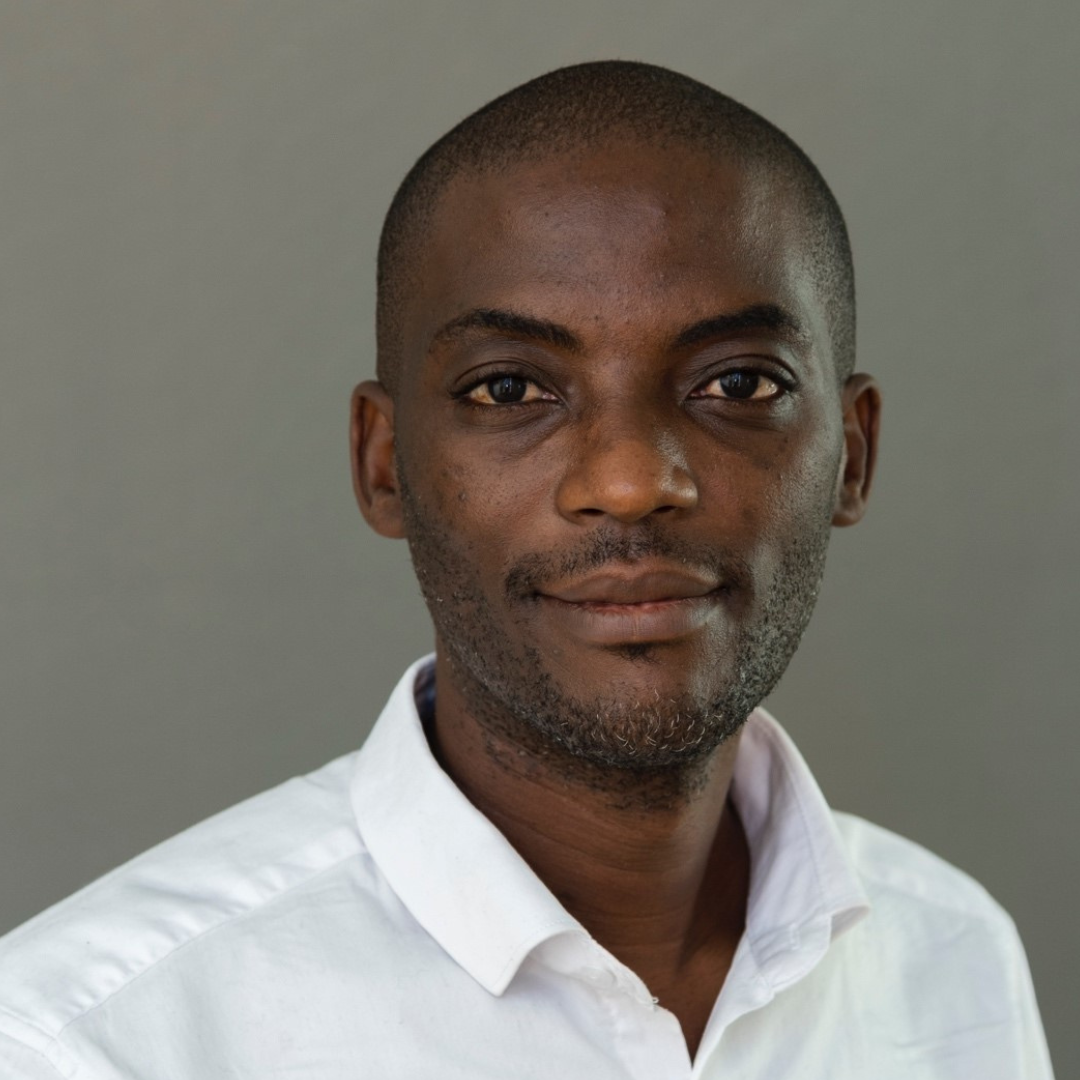
Meet Maddie Jensen of University of Rochester! The second-year graduate student in Eric Wagner’s lab joined us at this week’s Eukaryotic mRNA Processing virtual meeting. This is Maddie’s first meeting at CSHL, and she’ll join us again at next week’s Mechanisms of Eukaryotic Transcription. She presented a poster titled ‘Identification and structural basis of a novel cellular inhibitor of the Integrator complex’. Her first virtual poster presented was “overall…a great experience! [She] enjoyed connecting with colleagues over Slack and setting up Zoom meetings to [further] discuss their both of their works.”
Tell us about your research.
My project aims to better understand the role of the metazoan Integrator complex in concert with its binding partners such as CG7044/Brat1. Integrator was initially found to regulate snRNA 3’-end processing but has now been shown to be more of a broad transcriptional regulator.
How did you decide to focus on this area/project?
I went to graduate school knowing that I had an interest in molecular biology, specifically RNA and its various roles. I wanted to be a part of better understanding the fine details of our cells.
What and/or who is the inspiration behind your scientific journey?
I had several scientific mentors throughout my high school and college careers that saw qualities in me, such as curiosity and a desire to learn, that caused them to encourage me to pursue research. Their expertise and encouragement throughout the different stages of my academic career had a profound impact on me. Getting to experience the passion they had for science and for their students inspires me to want to do the same for others.
What impact do you hope to make through your work?
I hope that my research will push our understanding of transcriptional regulation forward to one day be applied to human health intervention.
What do you love most about being a researcher?
I really love being able to dig into a specific topic. As a kid, I always loved all kinds of puzzles. That was something my family and I enjoyed doing together. Now, I kind of see my research as uncovering the puzzle of cellular regulation. It is exciting to discover and I enjoy being able to constantly learn new things!
What is your key takeaway from the Meeting; and how do you plan to apply it to your work?
This meeting highlighted the breadth and depth of mRNA processing research. It is also encouraging to be able to see colleague’s hard work pay off in new discoveries. These two things highlighted the importance of having a network of researchers to discuss, challenge and encourage each other. I hope to apply this collaborative way of thinking to the way that I conduct my own research.
What feedback or advice would you share with someone considering to participate in this meeting?
I would highly recommend attending this meeting! My advice would be to interact with as many people as possible. Even though it was virtual, there are plenty of opportunities to connect. I learned so much from hearing about other’s research and getting their feedback on my own.
What’s the most memorable thing that happened during the Meeting?
I really enjoyed the PI Chats ancillary event on Wednesday evening. The PIs and more experienced students all provided unique points of view. I definitely plan to implement some of the advice they gave about daily life in the lab, time management and communication with colleagues.
Thank you to Maddie for being this week's featured visitor. To meet other featured researchers - and discover the wide range of science that takes part in a CSHL meeting or course - go here.
Image provided by Maddie Jensen
































